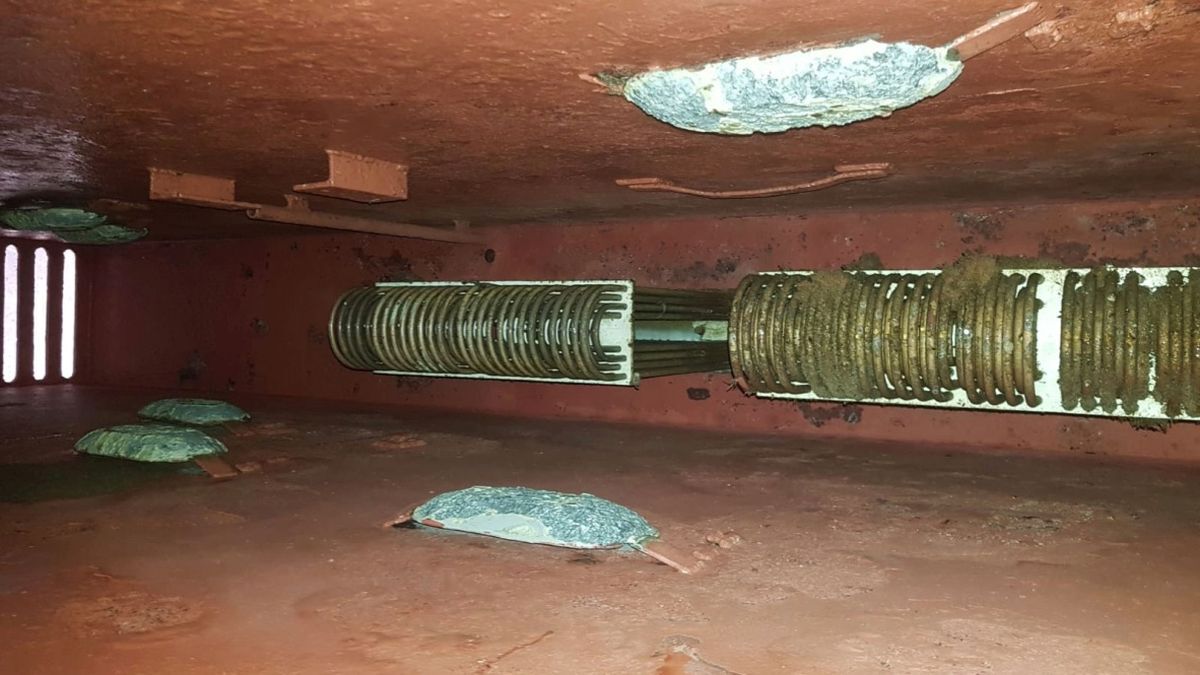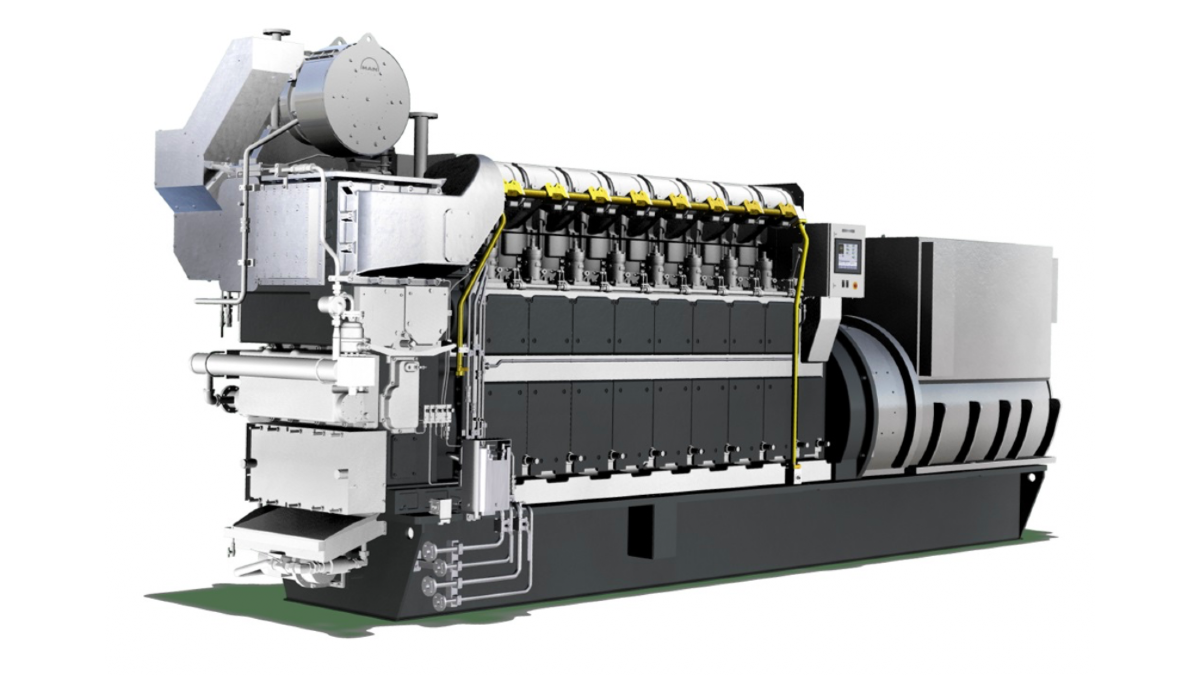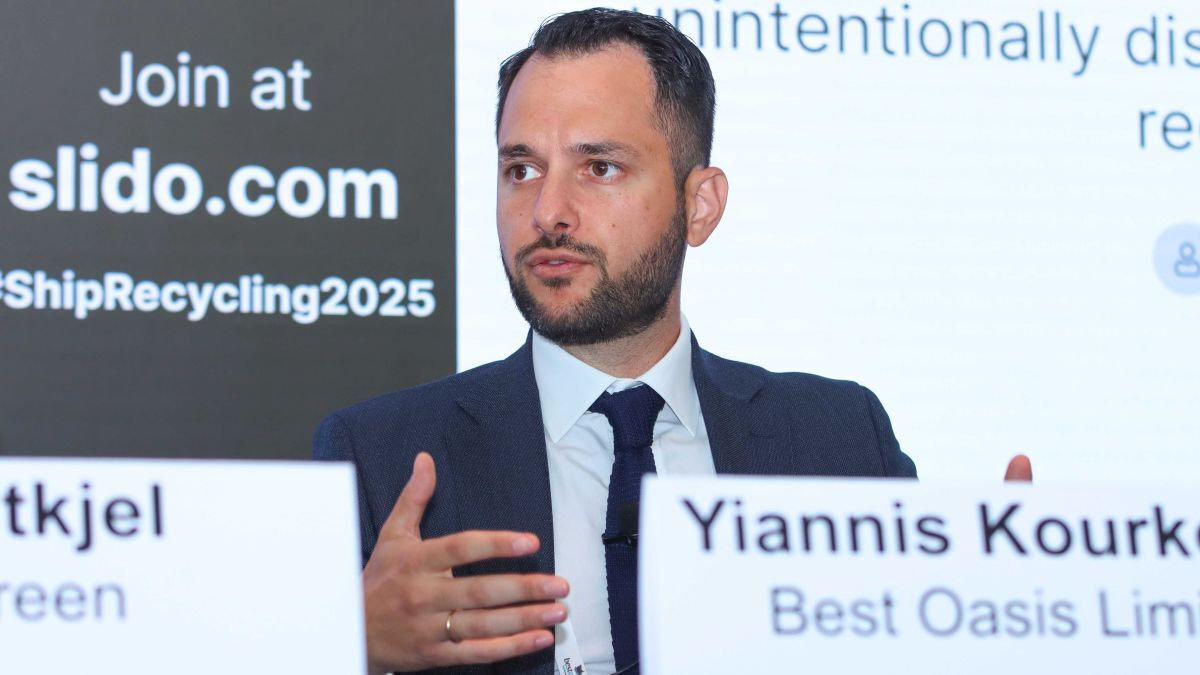Business Sectors
Contents
Heavy fuel CR system for W20 engine
A single-circuit HFO common rail system has enhanced the injection capabilities of Wärtsilä’s smallest medium speed engine
A single-circuit HFO common rail system has enhanced the injection capabilities of Wärtsilä’s smallest medium speed engine
Very restricted multiple injection capability and insufficient injection quality of conventional pump-line-nozzle systems in the lower speed/power range stimulated the introduction of common rail (CR) technology for medium speed engines, explains German specialist L’Orange.
For safety reasons, these were designed as two-circuit systems (divided into a control circuit running on lube oil and a fuel circuit). Pressure in the nozzle is thus only available during the injection process and not permanently. Considerably higher flexibility over a pump-line-nozzle system is secured, with the injection pressure and timing independent of engine speed and load. Such a system is used for Wärtsilä’s 320mm-bore W32CR medium speed engine.
Even more flexibility with simplification of system layout can be achieved by single-circuit CR systems, which have been successfully applied to high speed diesel engines for 10 years. MTU’s Series 4000 engines benefited first in 1997, followed by the Series 8000 design in 2000, both featuring L’Orange systems.
Over 10,000 CR systems have since been delivered by L’Orange and the third generation Series 4000 engine operates with a system pressure of 180 MPa.
Wärtsilä’s 200mm-bore W20CR design is the latest of the Finnish group’s HFO-burning medium speed engine programme to benefit from common rail injection, the system being co-developed with L’Orange. A Unified Controls (UNIC) control system serving the engine has three main functions: rail pressure control, fuel injection control and safety.
Rail pressure control regulates the pressure in the high pressure rail for optimum engine performance, according to the process parameters using load/speed maps and taking into account engine load transitions. Fuel injection control handles fuel delivery to the combustion chamber, its main functions being fuel quantity control and injection timing control.
All these measures together provide the right amount of fuel for combustion with precise timing several times per engine cycle.
At a pressure of 150 MPa, the system designers sought a maximum injection quantity of 2,100mm3 at an injection duration of 6,500 micro-seconds (40 degrees of crank angle), an injection accuracy of ± 1 per cent at nominal load as well as multiple injection capability (pilot, main and post-injection).
The key elements of the single-circuit CR system are a suction-throttled two-piston in-line pump for pressure generation, double-walled rails serving as a pressure accumulator for three injectors, and double-walled lines to the solenoid-controlled injectors.
Completing the system are a safety valve (with integrated ‘limp-home’ function to avoid over-pressure in the system), flow fuse valves between the rail and injectors to avoid permanent injection, and a spill valve to scavenge the fuel injection system with heated HFO during engine standby.
Reducing costs, L’Orange developed a platform-based high pressure pump applicable to several engine types. The pump speed range from 800 to 3,150 rpm is rendered independent of individual nominal engine speed by a gearwheel with an adaptable gear ratio driven off the engine crankshaft.
Two heavy fuel oil versions of the pump (two-cylinder and four-cylinder designs) and distillate fuel versions are available. An integrated high pressure accumulator on the pumps reduces pressure peaks throughout the injection system.
A high level of pump efficiency, especially at lower engine speeds, is secured by proportional solenoid-driven suction throttle control at the pump’s fuel inlet: only the fuel required for injection is compressed.
The main feature of the electronically-controlled single-circuit injector is the permanently available pressure at the nozzle. The system pressure is available at the nozzle needle seat as well as in the control unit above the needle which, compared with a two-circuit servo system, has the advantage of a much faster operating threshold response. This enables a much better realisation of multiple injections; the start of injection and the injected quantity is controlled by time, accurate to within micro-seconds.
With an injection system fast enough to facilitate multiple injections, the W20CR engine can thus benefit from pilot, post and split injections or a combination of these modes for enhanced performance and smokeless operation. MP
Related to this Story
CMB.Tech 'positive' on IMO's new framework, hails ammonia as 'the way forward'
Events
Reefer container market outlook: Trade disruption, demand shifts & the role of technology
Asia Maritime & Offshore Webinar Week 2025
Marine Lubricants Webinar Week 2025
CO2 Shipping & Terminals Conference 2025
© 2024 Riviera Maritime Media Ltd.













